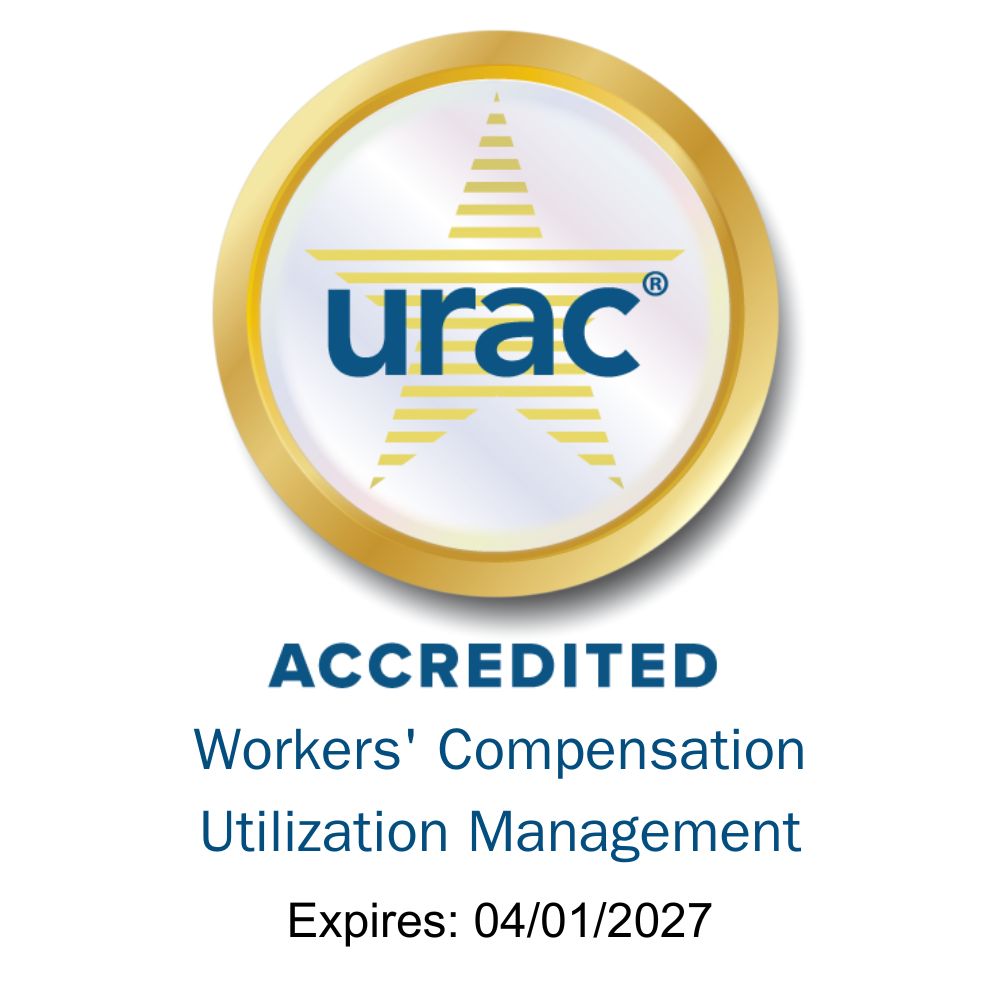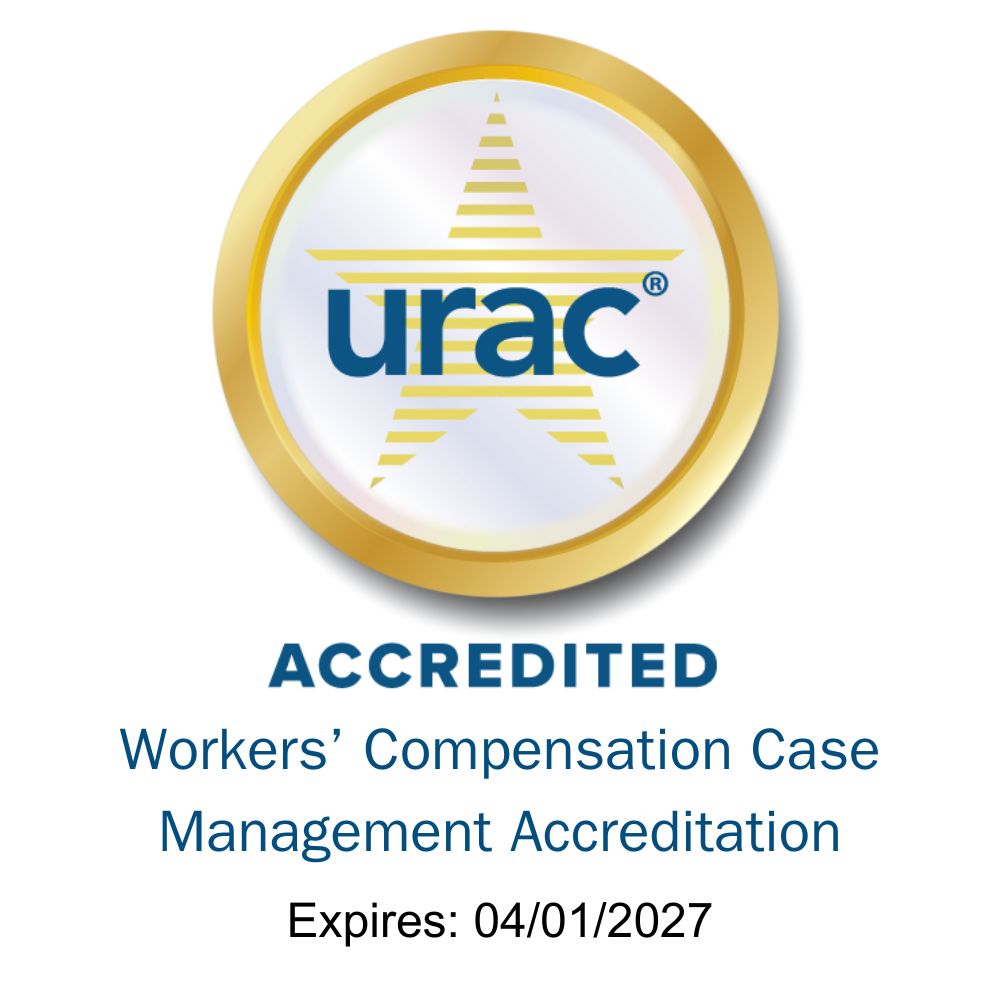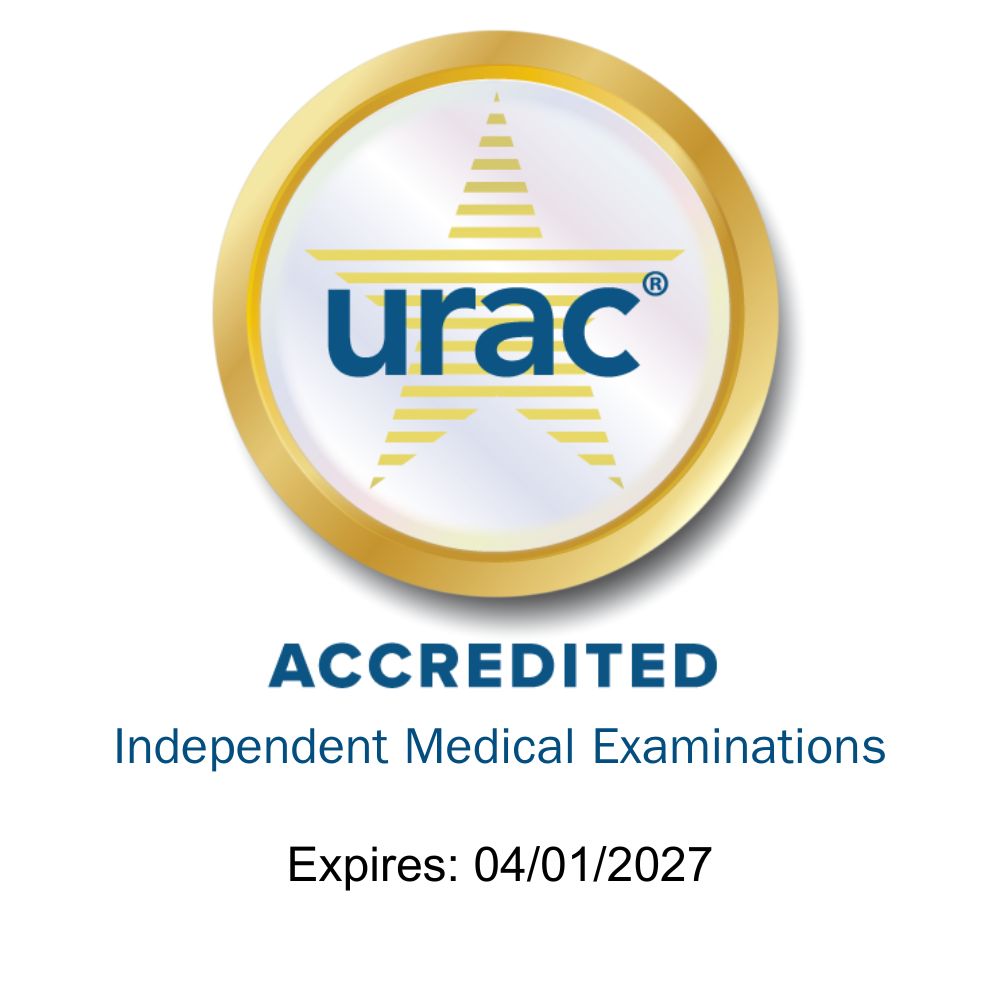Managing Catastrophic Cases: Best RTW Strategies for the Worst Workplace Injuries
Catastrophic workplace injuries present far-reaching complexities that go beyond the severity of injury, making these cases at-risk for claim derailment. Genex’s Laney Bond, BSN, RN, CCM, National Catastrophic Program Manager, discusses factors you should address to keep these claims on track.
{{ script_embed('wistia', 'nqy1ef03ne', ' ', 'thumbnail=171px,300px,popover') }}
Tom Kerr (TK): I’m Tom Kerr. Catastrophic claims offer the biggest challenge for work comp professionals due to the severity of the injury and complexity of the claim. In today’s "Inside Workers' Comp," Laney Bond discusses factors that often derail the injured worker's recovery time. Laney, thanks for joining us.
Laney Bond (LB): Thank you for having me, Tom. I appreciate it.
TK: Aside from the severity of the injury, what are some of the other significant factors that make catastrophic workplace injuries different from other cases?
LB: There are several factors that impact this, obviously, but I can think of four key points here. One is the impact the accident has on the daily operations of the workplace. When you have a catastrophic injury, it's generally going to be witnessed by one or more people, and then there's going to be supervisors and management that are involved. There's going to be an interruption in their daily operations. They need to have that position functioning in order to keep on going in the workplace.
The fiscal responsibility is another point for the employer and the insurance carrier. Catastrophic injuries carry high visibility and high‑dollar values on them, and it's really important for the employer and the carrier to be on top of them so they can be managing to their financial needs in the case.
Another consideration is the accountability to governmental regulatory agencies for all parties involved in handling a claim. Employers are responsible to reporting certain injuries to OSHA, for instance, within certain time frames. They need an evaluation of the injury and the long‑term impact that it's going to have in order to be reporting that accurately. This is also going to involve the carrier. The carrier has to report up to their regulatory agencies based on the dollars involved in the claim, and the severity of the injuries.
Sorting out work‑related injuries and residual medical issues from pre‑existing or co‑morbid diagnoses such as heart disease, chemical dependency, or osteoporosis, just for a few examples, is another factor that can make a workplace injury different from other cases.
TK: What are the most common issues that can cause a catastrophic claim to go off track?
LB: The main one being poor or obstructed communication. For instance, when there's an attorney involved, and they're restricting case management communication directly with the injured worker, that can really delay and minimize the impact the case manager can have.
There can also be situations where there's a lack of communication between MDs and the carrier, or the carrier and the employer at times. It's very helpful to have a case manager in there to facilitate those communications and act as a liaison between all parties to keep the claim progressing.
Another factor in derailing a catastrophic claim is delayed or inappropriate medical care. There are occasions when you'll have a person who has a rare diagnosis, maybe a consequence of a medication that's very rare.
There are times where there is delayed care right at the onset of the injury. There can be an issue with ground transport. There's also issues with delays in medical care that carry on throughout the claim. For instance, when you have a lack of approval or of a provider providing a guarantee letter of payment before they'll start treatment. These things can be mitigated if we keep the communications flowing more smoothly.
TK: Thanks, Laney. In the next Inside Workers' Comp, we’ll discuss strategies to keep catastrophic claims on track. Until then, thanks for listening.
Part 2
Case handling for the most severe worker injuries demands swift and precise decision-making. In part 2 of her podcast series, Laney Bond, Genex National Catastrophic Program Manager, offers key steps in meeting this goal.
{{ script_embed('wistia', 'f3hqwskcgw', ' ', 'thumbnail=170px,300px,popover') }}
Tom Kerr (TK): I’m Tom Kerr. In part two of our series on catastrophic injury management, Laney Bond offers strategies to keep claims on track.
Laney, what would you say are the three most important factors in handling a catastrophic injury case?
Laney Bond (LB): The most important factor in handling a catastrophic injury is maintaining strong and consistent communication with the injured worker and their family, doctors, hospital staff, employers, carriers, attorneys, and any other party that may be involved, like a TPA.
When any one of the key players involved in a claim disengages from the communication, the claim instantly comes to a slow grind, ultimately impacting the timeliness of the injured worker's recovery and return to gainful employment. Catastrophic case managers are in the unique position to facilitate opening and ongoing communication.
Another factor in handling catastrophic injury is delayed or inappropriate medical care. For the most part, physicians in trauma centers across the country are focused on the three Rs; providing the right care, at the right time, to the right person.
There are occasions when barriers interfere with this. This may include delayed approval for treatments, a lack of resources in geographic areas or something as simple as transportation to an MD appointment or a PT appointment. Catastrophic case managers are adept in identifying those barriers proactively and assertively addressing them in a timely fashion.
A third factor in handling catastrophic injuries has to do with lag time in engaging catastrophic case management. Statistics show that the two optimal outcomes — return to work and maximum medical improvement — are best achieved when catastrophic case management is assigned within the first 30 days following a catastrophic injury. These outcomes decline dramatically when there's a lag time of 60 days and become actually negligible by the time we hit 90 days.
TK: What unique aspects do case managers bring to catastrophic injury management?
LB: They have keen assessment and analytical skills necessary to provide early intervention on complications. They also have instant knowledge regarding the chain of communication in these hospital settings and know how to access essential medical information and records.
Case managers are also responsible for reporting to multiple key parties. High profile cases are often monitored by attorneys, CPAs, insurance brokers, insurance executives, employer executives and others.
Catastrophic case managers are knowledgeable at presenting comprehensive and professional medical information in a manner that is understandable to those with and without a medical knowledge base.
Another unique role in the case manager is dealing with multiple providers. Catastrophic claims often have 5‑30 or more diagnoses, and are at high risk of complications. These injuries will utilize multiple medical specialists in the acute and chronic phases of the injury. Catastrophic case managers tie all of these factors together to present a comprehensive overview of the injured worker's condition and treatment plan, and to identify and remove the barriers to recovery.
Lastly, hospital discharges. I believe case managers have a key role in this factor and this can make or break a claim, especially if somebody's considering litigation. Catastrophic cases managers are highly skilled at ensuring all services are in place when the injured worker is discharged home.
TK: Thanks, Laney. In our next Inside Workers’ Comp will dive deep into the numbers as we discuss the expanding role of data analytics. Until then, thanks for listening.







